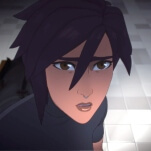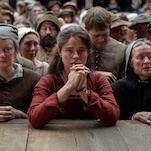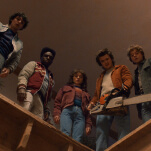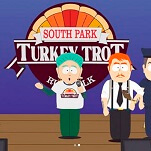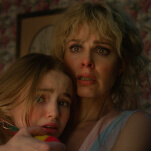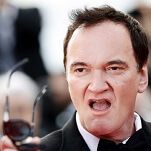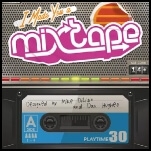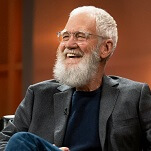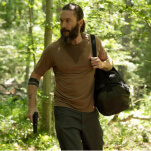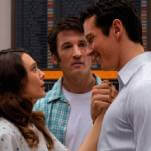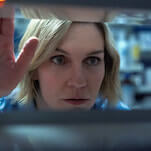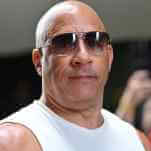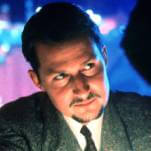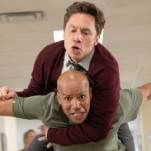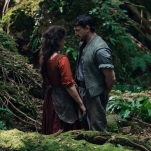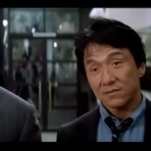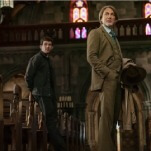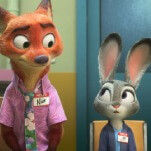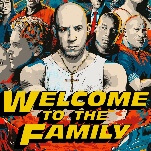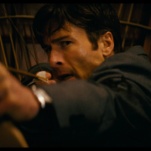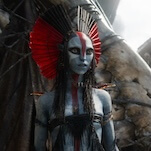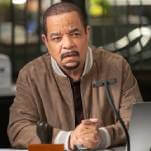Apollo 18 (2011)
Crimes:
- In spite of the novel premise—it’s set during a doomed, covered-up mission to the moon conducted after the final Apollo mission in 1972—being one of the least effective of the recent crop of found-footage horror films
- A hyperactive editing scheme that tapes together footage from several film stocks—and several ideas of what the film was supposed to be, and where it was supposed to go—into a headache-prompting 86-minute ordeal with little narrative sense
- Trying to set a film on the moon in spite of budgetary restrictions that might have made wiser filmmakers stay earthbound
- “Moonsters” (see below)
Defenders: Director Gonzalo López-Gallego and editor Patrick Lussier
Tone of commentary: Congenial/self-congratulatory. Recorded less than two weeks before the film’s release, the audio commentary captures the collaborators sounding exhausted but triumphant. In spite of the project’s difficulty, they feel like they’ve put together a scary movie that works, capturing both the vast emptiness of the moon’s surface and the claustrophobic paranoia that might arise among men stranded on its surface and facing an obscure adversary. They even feel like the film’s central threat, sentient moon rocks that sprout legs and turn into malevolent spiders—which they dub “moonsters”—will terrify audiences. The confidence makes them sound, not unlike the film’s characters, like men who’ve been far away from home so long they may have lost their minds. Lussier: “In the first version of the movie, there was actual giant moon creatures. Which we got rid of.” López-Gallego: “Yeah, because they looked like bunnies.” Lussier: “They looked like giant moon rabbits. They were very scary. In a not-at-all kind of way.” He fails to note that even giant moon rabbits would be scarier than killer rocks.

